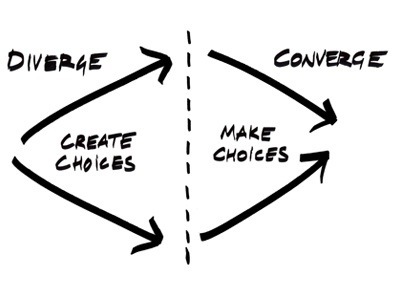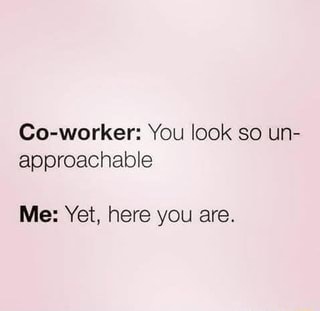Is Group Think Dangerous?
Editor's Note: I found this excellent article in the Harvard Business Journal by Art Markman. Read on and enjoy. As always, you can find all my blog posts from 2013 to the present on my website at http://stevemarshallassociates.com/steves-blog/
Resolving the first issue requires getting your employees to learn more about the way they think… a tall order for managers. The second issue, though, is well within your ability to change.
A key element of creativity is bringing existing knowledge to bear on a new problem or goal. The more people who can engage with that problem or goal, the more knowledge that is available to work on it. Unfortunately, quite a bit of research demonstrates that the traditional brainstorming methods first described by Alex Osborn in the 1950’s fail. When groups simply get together and start throwing out ideas, they actually come up with fewer ideas overall and fewer novel, actionable ideas than the individuals in that group would have come up with had they worked alone.
To fix this problem, it is important to think about the two phases of group problem-solving: divergence and convergence.
Divergence happens when the group considers as many different potential solutions as possible. For example, a common

Convergence happens when the variety of proposed solutions are evaluated. In this phase, a large number of ideas are whittled to a smaller set of candidate solutions to the current problem.
The core principle of group creativity is that individuals working alone diverge, while group members working together converge. In group settings, as soon as one person states a potential solution to everyone else, that influences the memory of every person in the group in ways that make everyone think about the problem more similarly. That is why groups working together diverge less than individuals working alone.

When you start to generate solutions, you again want divergence. Again, have people work alone to start. Then collect people’s initial ideas and send them around to other group members and allow the divergence to continue as group members individually build on the ideas of their colleagues. Because people are still working alone, the way they build on other people’s ideas is still going to be different from how other group members are building on those ideas.
After this process, you can give the resulting ideas to everyone and then let the group get together to discuss them. This discussion will gradually lead the group to converge on a small number of candidate solutions.
This process maximizes the contribution of the group. Everyone gets to engage their knowledge in service of the problem

This simple procedure works effectively because it respects what individuals and groups do best.
Next Week: Here is some of the crazy s*#t I think about.
Articles from Steven Marshall
View blog
This piece by Marcel Schwantes in Inc. intrigued to reflect on my own leadership skills and if I was ...

Note: I have always wondered why we are obsessed with symptoms, instead of causes. This past week's ...

NOTE: The Brookings Institution in Washington, D.C. recently completed a study on how people in this ...
Related professionals
You may be interested in these jobs
-

Business Development Associate
Found in: Lensa US 4 C2 - 1 day ago
G3 Quality, Inc. Cerritos, United StatesPosition Summary · The Business Development Associate (BDA) will play a pivotal role in supporting G3s growth trajectory. As a BDA, you will spearhead efforts to attract new clients, foster relationships with prospects, and nurture existing client connections. Your responsibilit ...
-

Regal Brunswick Floor Staff
Found in: Lensa US 4 C2 - 1 day ago
REGAL ENTERTAINMENT GROUP Brunswick, United StatesRegal Entertainment Group - JobID: 4f31dcd0-e185-4c0c-98a6-ecd5719d0b17 [Customer Service / Team Member] As a Floor Staff at Regal Entertainment, you'll: Ensure the guests receive exceptional service; Be scheduled to work in the Box Office, Concession Stand, or as an Usher; Handl ...
-

Assistant Maintenance Manager
Found in: Lensa US P 2 C2 - 6 days ago
Tricon Residential Jacksonville, United StatesTricon Residential Inc. (NYSE: TCN, TSX: TCN) is an owner and operator of a growing portfolio of more than 36,000 single-family rental homes in the U.S. Sun Belt and multi-family apartments in Canada. Our commitment to enriching the lives of our employees, residents and local com ...
Comments
Steven Marshall
7 years ago #4
Thank you, Ali. I will read yur post very soon.
Ali Anani
7 years ago #3
Steven Marshall
7 years ago #2
Hi Toni, I like to float ideas beyond the leadership circle to encompass the people with the ants-eye view of the day-to-day challenges in any environment. If new ideas float with these folks, then I think they have passed a critical test. Then you have a perfect combination of convergence and divergence. Simple to do, too.
Steven Marshall
7 years ago #1
Thank you, Steven Brooks, for your comments and tweeting the post forward. The traditional brainstorming model was maybe a good idea 40 years ago but it has been proven that it doesn't work in today's business environment.